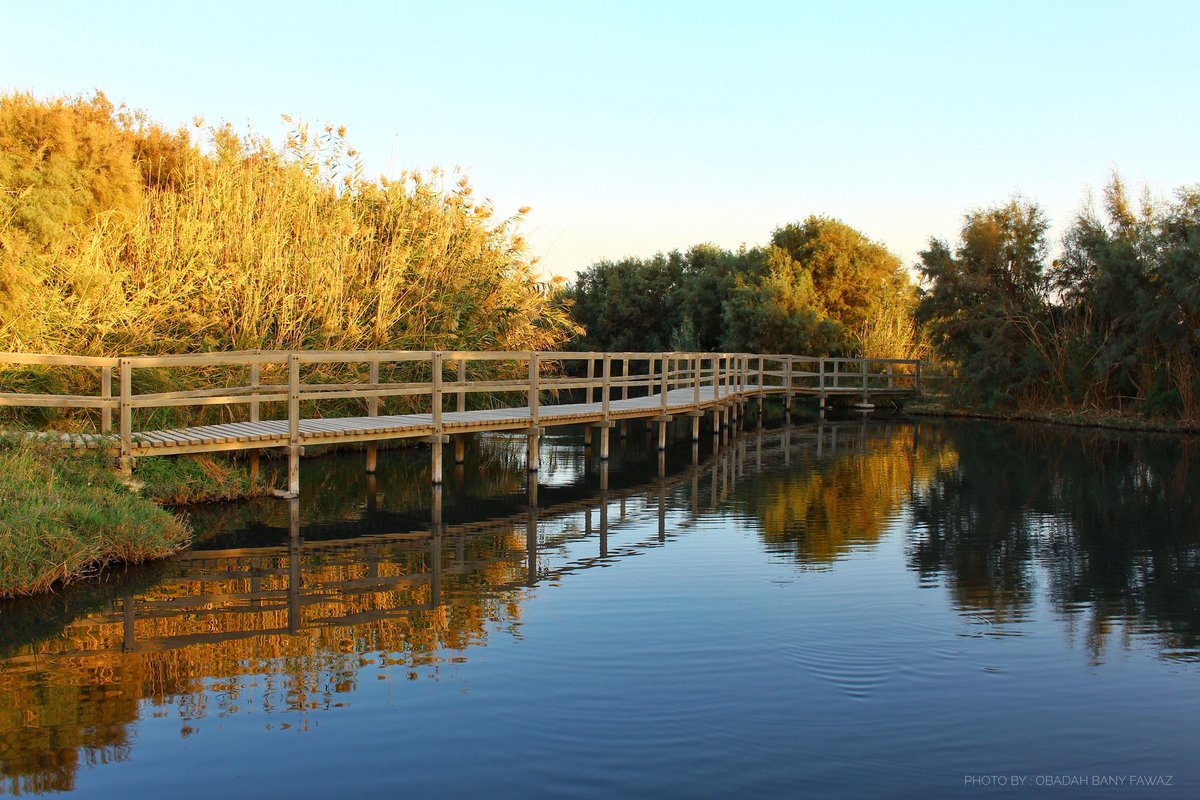
Azraq
Azraq is a unique wetland, located in the heart of the arid Eastern Desert, which takes its name from the Arabic word for ‘blue’. A migratory stopover for birds from three continents, Azraq is becoming increasingly popular for bird watching. From the walkways and hides, visitors get the chance to observe birds close at hand, including local, migratory and occasional rare species.
The Azraq area also has a rich cultural history due to its strategic location and water resources. It was used as a station for pilgrims and camel trains and Lawrence of Arabia was stationed in Azraq Castle during the Arab Revolt. The local people are also unusually diverse, coming from three different ethnic origins, Bedouin, Chechen and Druze; each of which has distinctive beliefs and traditions. Bedouins have lived a nomadic life style in the area for generations, whereas the Chechens are descendants of settlers from the Caucasus and the Druze stem from Arab tribes in Syria and Lebanon.
Azraq castle
Azraq’s abundant water made it an obvious stopping place on the Wadi Sirhan trade route, and a magnet for desert bedouins. It also attracted the Romans who, under Septimius Severus (AD 193-211), established here an eastern military outpost of the Province of Arabia. If that was the first phase of the castle at the centre of Azraq Druze, there is little to show for it, for it went through several later incarnations.
A stone-carved dedication to the co Emperors Diocletian and Maximian, dated to c. AD 300 may mark the beginning of the black basalt fort, whose huge stone doors still turn on their original hinges. Diocletian also built a road here, the Strata Diocletiana, linking Azraq to Damascus and Palmyra.
Azraq remained a military post throughout the Byzantine period, and in the 7th and 8th centuries, the Umayyads came here to hunt. The fort may have been neglected after the Abbasids moved to Baghdad – according to an Arabic inscription over the main gate, the Ayyubid governor ‘Izz ad-Din Aybak rebuilt it in the early 13th century. The Ottomans garrisoned it after their conquest in 1516.
Azraqs most recent military use was in World War I, when I E. Lawrence stayed in the fort in the winter of 19 17-18, before the final assault on Damascus. A few years later some Syrian Druze moved to this northern part of Azraq, and here they remain.
